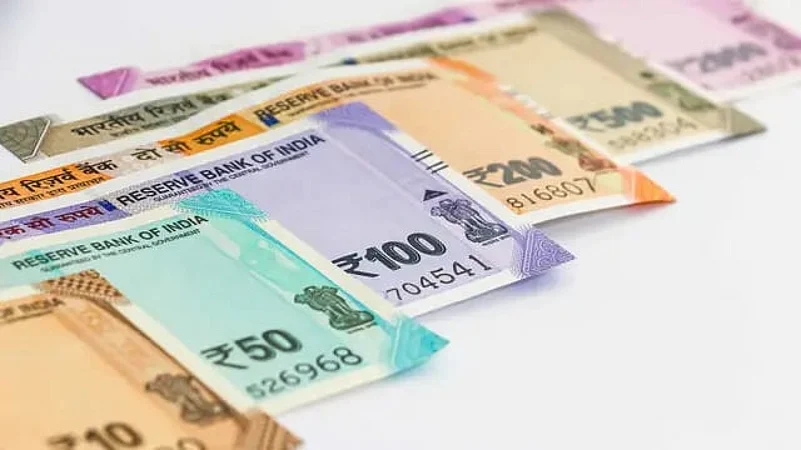Former finance secretary of India, S.C. Garg, believes that the Indian Central Bank Digital Currency (CBDC) will be more like "dematerialised bank notes" as they will have nothing to do with cryptocurrencies, as clarified by the government recently.
Ever since Finance Minister Nirmala Sitharaman announced in the Budget that the Reserve Bank of India (RBI) will be bringing out a digital currency in the next financial year, there have been several speculations over what it will be like.
The Minister of State for Finance, Pankaj Chaudhary, said earlier this week in Parliament that the proposed digital currency will be a version of the fiat currency and will not be like cryptocurrencies. "RBI does not issue cryptocurrency. Traditional paper currency is a legal tender and is issued by the RBI in terms of the provisions of the RBI Act, 1994. A digital version of traditional paper currency is called CBDC," Chaudhary said in a written statement.
A senior government official said in February that the digital currency would not be like cryptocurrencies like Bitcoin or Ethereum, but rather it would be closer to a digital wallet like Paytm. (Click here to read more)
With the next financial year just round the corner, Outlook Money spoke to some experts to find out what the proposed digital rupee, another name for CBDC, in India will look like.

What Will the Digital Rupee Look Like?
Garg believes that the "Indian CBDC" will be more like "dematerialised bank notes" as it has been clarified in Parliament that the RBI does not issue a cryptocurrency. "The RBI Act has been amended to make Indian CBDC a digital version of bank notes, which prima facie means that their might be dematerialised bank notes. RBI has not stated anything about the design and form of CBDC. Therefore, for the present, just cool your heels and wait, "he says."
A Deloitte report on CBDCs, Building Blocks of the Future of Value Transfer, released in March, notes that, globally, most regulators have embarked on their CBDC journey by either connecting with industry experts to research different models or are in a testing phase. Some countries, like Cambodia and the Bahamas, have already launched CBDCs.
With respect to CBDCs, the central challenges pertain to sovereign control and integration with existing systems. The RBI has to think carefully about the technological and institutional modes through which it will control the issuance and prevent counterfeiting. If it uses blockchains or DLTs (distributed ledger technologies) for this purpose, then a separate authority may need to be set up under its auspices to liaise with other banks for borrowing and lending, "says Anshuman Singh, co-founder, Crypto Legal."
Singh further notes that the blockchain itself need not be public or permissionless since innovation using CBDCs is to be discouraged. To begin with, the RBI can stipulate that a specific fraction of the circulating rupee value will be digitised, to quell fears about inflation, he says.
How will it work?
Sharat Chandra, vice-president of Research and Strategy at EarthID, says CBDCs can be construed as technology tools in the central banks’ arsenal, powering the evolution of money. Technically, a two-tier model for account-based CBDCs is being widely adopted by a majority of the central banks. This model does not disintermediate the existing banking infrastructure, "he says.
Predicting how it may work, Chandra says the central bank may issue CBDCs to scheduled commercial banks, which will be authorised to allow retail users to open CBDC accounts. Commercial banks would continue to use user onboarding based on their knowledge of their customers.In order to ensure that retail customers do not move their deposits to CBDCs, they can be programmed for zero interest rates, and caps can be put on withdrawals, "he says.
The Deloitte report says that CBDCs are a fast-advancing and inevitable innovation that is likely to impact most large national economies in the next 12–24 months. According to the report, "The issuance and design of CBDCs are likely to be sovereign decisions for each jurisdiction based on their own assessment of CBDC objectives, market maturities, and related local factors." Watch this space to see how Indian CBDCs, or digital rupees, will shape up in the future.














